Seismic and Blast Engineering
Some buildings and the services within them have to be designed for seismic (earthquakes) or blast (due to terrorist activity or local activity causing explosion). These are often facilities with critical infrastructure such as power stations and government buildings. The underlying theory and engineering is the same for seismic and blast, even though the duration and nature of the event can vary significantly. Mason has extensive experience of seismic engineering, developed over the decades through experience and comprehensive testing. We also have systems in place to deal with sensitive projects.
There are two main aims:
| Ensuring that services and plant equipment within a building remain stable and in place |
|---|
Correctly engineered restraint systems can greatly reduce risk. Repair costs and durations where the building is unusable can be extreme if pressurised system crack or burst, or heavy plant displaces and fails. The risk of injury or death to users from heavy equipment falling during an event is significant. Safety is generally the primary concern when engineering for seismic or blast events and the international building code requires greater measures for more populated buildings. Correctly engineered systems can also dramatically cut the time it takes for the building to recover.
| Reducing the forces experienced by the equipment |
|---|
Significant acceleration forces can occur during a seismic or blast event. This can be exacerbated if the system is placed on anti-vibration mounts. But, if the system is correctly designed, anti-vibration mounts combined with seismic limit stops or snubber can provide a cushioning effect. This can save a significant amount of cost because the supported system does not have to be ‘ruggedised’ against these high forces or proven via expensive test on a shaker table to demonstrate compliance. Below is a video of Mason spring mounts with in-built seismic restraints restraining and cushioning a pump and motor set, the intent is to reduce the forces down to normal transportation loads, to which off the shelf equipment is normally designed.
We can carry out static and dynamic analysis in full compliance with international building codes. We can design and supply support and restraint systems for entire systems and can combine with vibration control and thermal expansion and provide full site and design support. We would be happy to discuss how we could support your project.
Seismic Table Testing Video
| Documents & Files |
|---|
See below for a small subset of our product datasheets and seismic restraint system brochures. Please contact us for full solutions.





